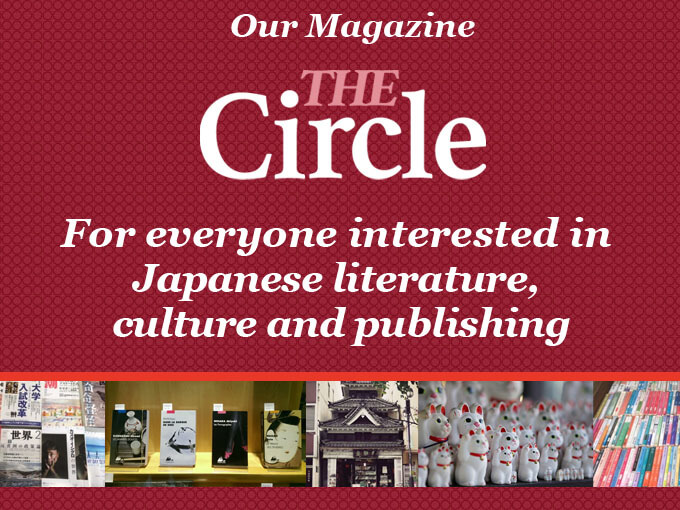- Bookshops
In the 1870s Japanese bookshops already sold Western books targeting Japan’s growing student population[UPDATED: 3-1-2023]
Isabella L. Bird (1831-1904), the British explorer and travel writer, records a visit to a bookshop in Japan in 1878 in Unbeaten Tracks in Japan, published in 1881 by G.P. Putnam and Son’s New York, in which she writes about her conversation with a bookseller:
“He has translations of some of the works of Huxley, Darwin, and Herbert Spencer, which he says, are bought by the young men attending the higher school”.
“He had not a single book on any subject connected with religion”.
And Bird wasn’t the only Victorian visitor to Japan during the 19th century to comment on Japan’s reading, book and publishing culture.
Another fascinating similar example is Arthur Adams (1820-1878), an English physician and naturalist, who in 1870 wrote the following in his book Travels of a Naturalist in Japan and Manchuria:
“…they delight in long poems on love and war, and have an abundance of memoirs, legends, books on etiquette, and descriptions of their ceremonies, manners, and customs. They have even, I am informed, a national encyclopedia.”
Adams’ book includes chapters on Begging Priests, A Paradoxical Race, Unbecoming Custom, as well as The Literature of Japan.
Adam’s book was reviewed and recommended in the international journal of science, Nature, in September 1870, on publication, which focused its review on insects, animals including the scaly ant-eater (Manis Javanica), and the natural scenery he observed. The review, perhaps not unsurprisingly, did not, like the book itself, cover the reading habits of the observed natives.

